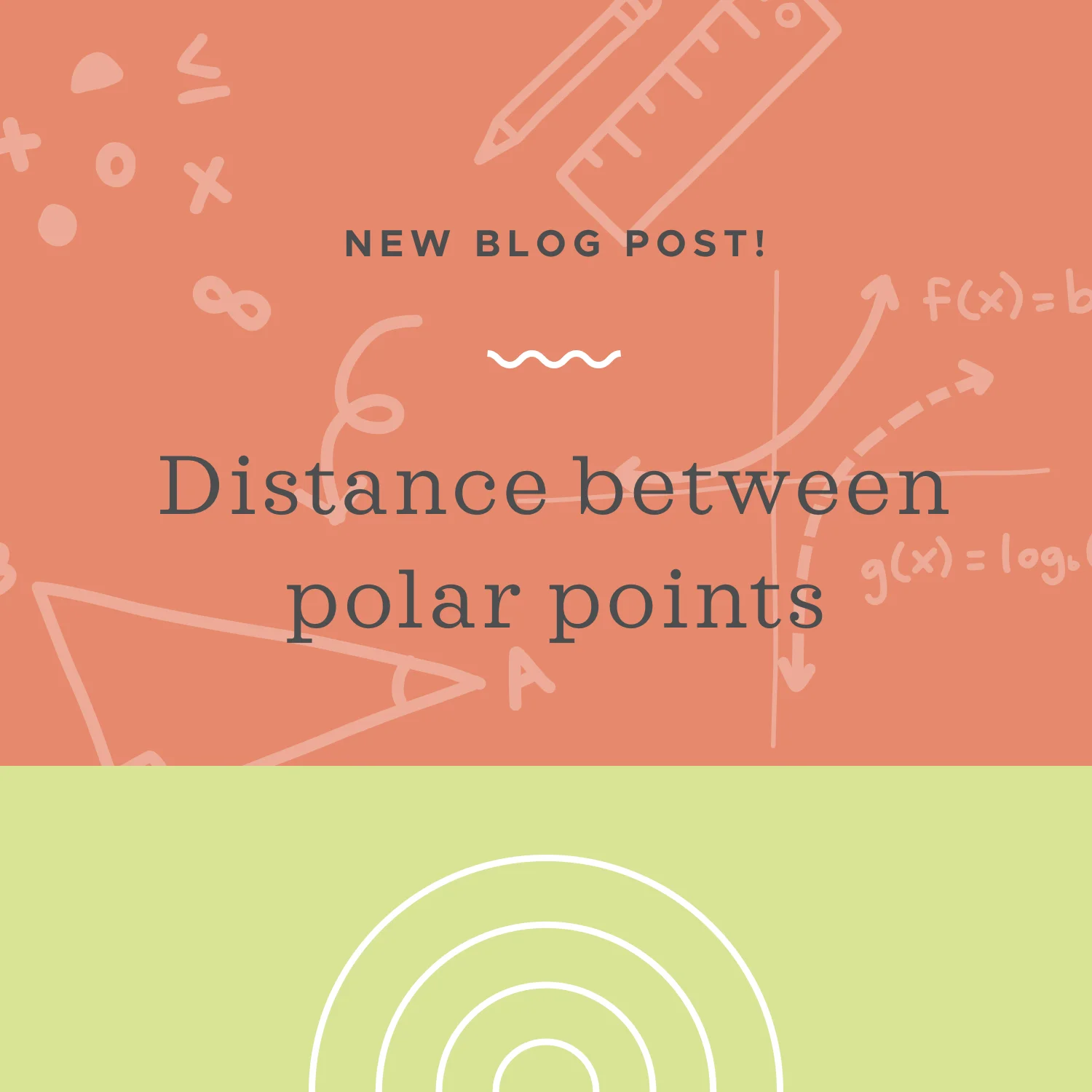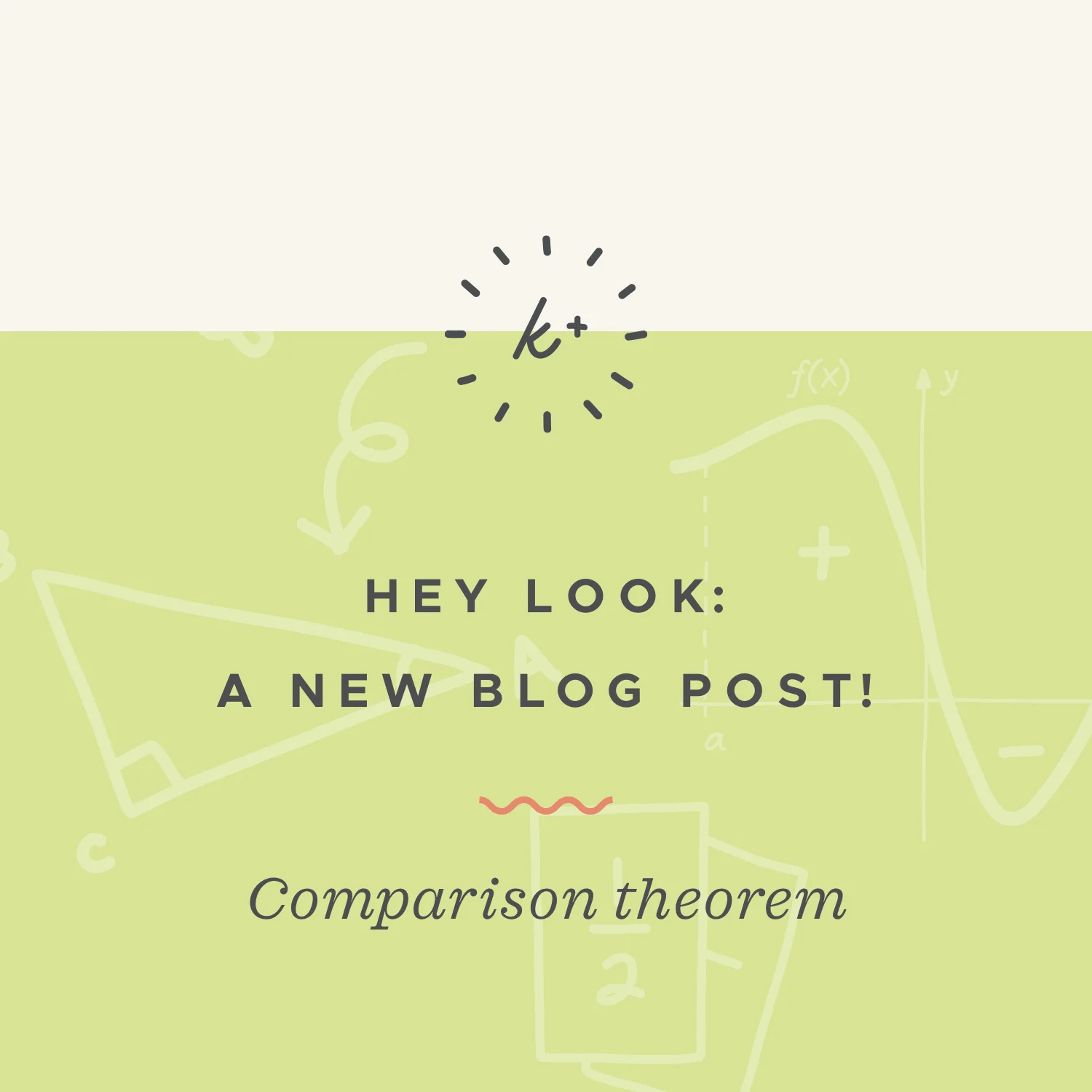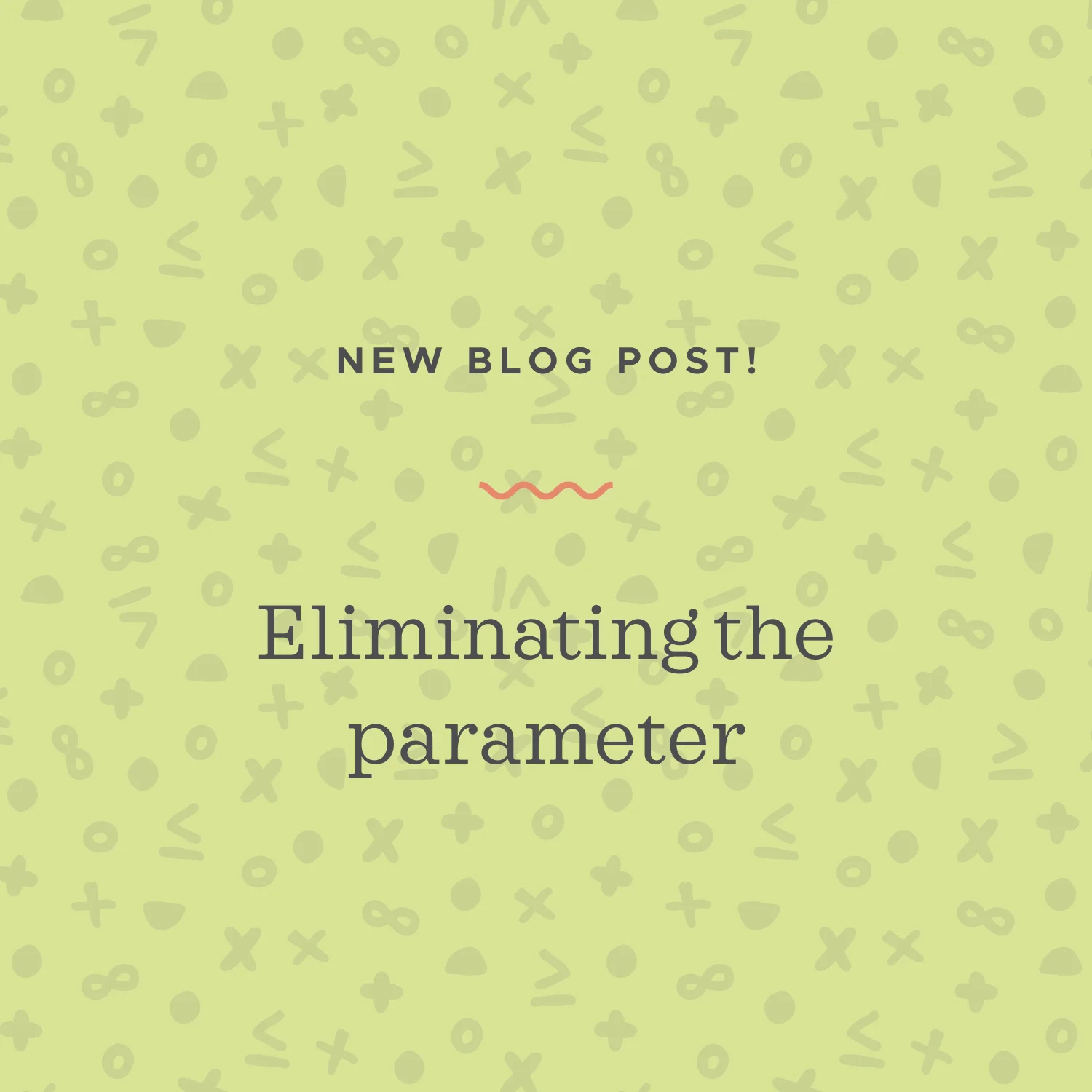To find the distance between two polar coordinates, we have two options. We can either convert the polar points to rectangular points, then use a simpler distance formula, or we can skip the conversion to rectangular coordinates, but use a more complicated distance formula.
Read MoreIn this lesson we’ll look at how to use the Pythagorean theorem to find the length of one side of a right triangle, which is a triangle in which one of the angles is a right angle, that is, a 90º angle) if the lengths of the other two sides are known.
Read MoreIn this lesson we’ll look at piecewise-defined functions and how to write the equation of such a function, given its graph. A piecewise-defined function (also called a piecewise function) is a function that’s made up of different “pieces,” each of which has its own “sub-function” (its own algebraic expression) and its own “sub-domain” (its own part of the domain of the entire piecewise function).
Read MoreDo you remember doing long division? Now you probably use a calculator for most division problems. We’ll have to remember all those long division skills so that we can divide polynomials. Think about dividing polynomials as long division, but with variables.
Read MoreThe p-value (or the observed level of significance) is the smallest level of significance at which you can reject the null hypothesis, assuming the null hypothesis is true. You can also think about the p-value as the total area of the region of rejection. Remember that in a one-tailed test, the region of rejection is consolidated into one tail, whereas in a two-tailed test, the rejection region is split between two tails.
Read MoreWhen we multiply two radicals with the same type of root (both square roots, both cube roots, and so on), we simply multiply the radicands (the expressions under the radical signs) and put the product under a radical sign.
Read MoreIn order to answer many probability questions, we need to understand permutations and combinations. A permutation is the number of ways you can arrange a set of things, and the order matters.
Read MoreThe first thing we'll deal with is how to determine which of two fractions is greater than the other. If two fractions have the same denominator, the fraction with the greater numerator is the greater one.
Read MoreThe directional derivative of a multivariable function takes into account the direction (given by the unit vector u) as well as the partial derivatives of the function with respect to each of the variables.
Read MoreA right circular cylinder (the only kind of cylinder we’re dealing with in this lesson) has a pair of parallel, congruent circular bases. We only need a few pieces of information about the net, or volume, or surface area, in order to find the rest of the values for the cylinder.
Read MoreQuadratic equations create parabolas when they’re graphed, so they’re non-linear functions. There are two forms that are especially helpful when you want to know something about a parabola, which are the standard form of a parabola, and the vertex form of a parabola.
Read MoreFOIL is a way to help you remember to multiply each term in the first set of parentheses by each term in the second set of parentheses. FOIL stands for Firsts, Outsides, Insides, Lasts, which is the order of the four terms in the result of the multiplication; it also indicates which terms in the given binomials are multiplied to produce each term in the result.
Read MoreThe comparison theorem for improper integrals allows you to draw a conclusion about the convergence or divergence of an improper integral, without actually evaluating the integral itself. The trick is finding a comparison series that is either less than the original series and diverging, or greater than the original series and converging.
Read MoreGiven a parametric curve where our function is defined by two equations, one for x and one for y, and both of them in terms of a parameter t, like x=f(t) and y=g(t), we can eliminate the parameter value in a few different ways.
Read MoreWe already learned in single-variable calculus how to find second derivatives; we just took the derivative of the derivative. Remember how we even used the second derivative to help us with inflection points and concavity when we were learning optimization and sketching graphs?
Read MoreLinear approximation is a useful tool because it allows us to estimate values on a curved graph (difficult to calculate), using values on a line (easy to calculate) that happens to be close by. If we want to calculate the value of the curved graph at a particular point, but we don’t know the equation of the curved graph, we can draw a line that’s tangent to the curved graph at the point we’re interested in. Remember that “tangent to the graph” means that the line barely skims the graph and touches it at only one point.
Read MoreIn the same way that we were able to find a sampling distribution for the sample mean, we can find a sampling distribution for the sample proportion. When we found the sampling distribution of the sample mean, we did that for a population with continuous probability distribution, where the population has a population mean u.
Read MoreIn this lesson we’ll look at the volume and surface area of spheres. A sphere is a perfectly round ball; it’s the three-dimensional version of a circle. There are specific formulas we need to use to find the volume of a sphere and the surface area of a sphere.
Read MoreGiven the equation of a circle, we can put the equation in standard form, find the center and radius of the circle from the standard form, and then use the center and radius to graph the circle. Alternately, given the graph of the circle, we can identify the center and radius from the graph and then plug those values into the standard equation of the circle in order to get its equation.
Read MoreWe can solve a system of linear equations using the method of elimination. The elimination method has us eliminate one of the variables from the system in order to solve for the value of the other variable, and then turn around and use that value to find the value of the eliminated variable.
Read More





















